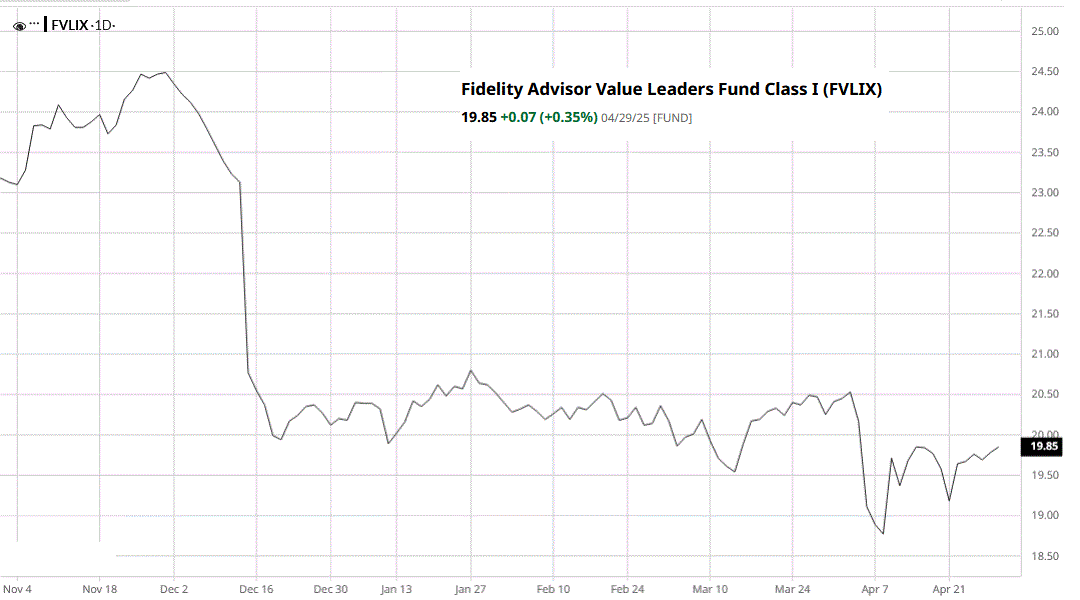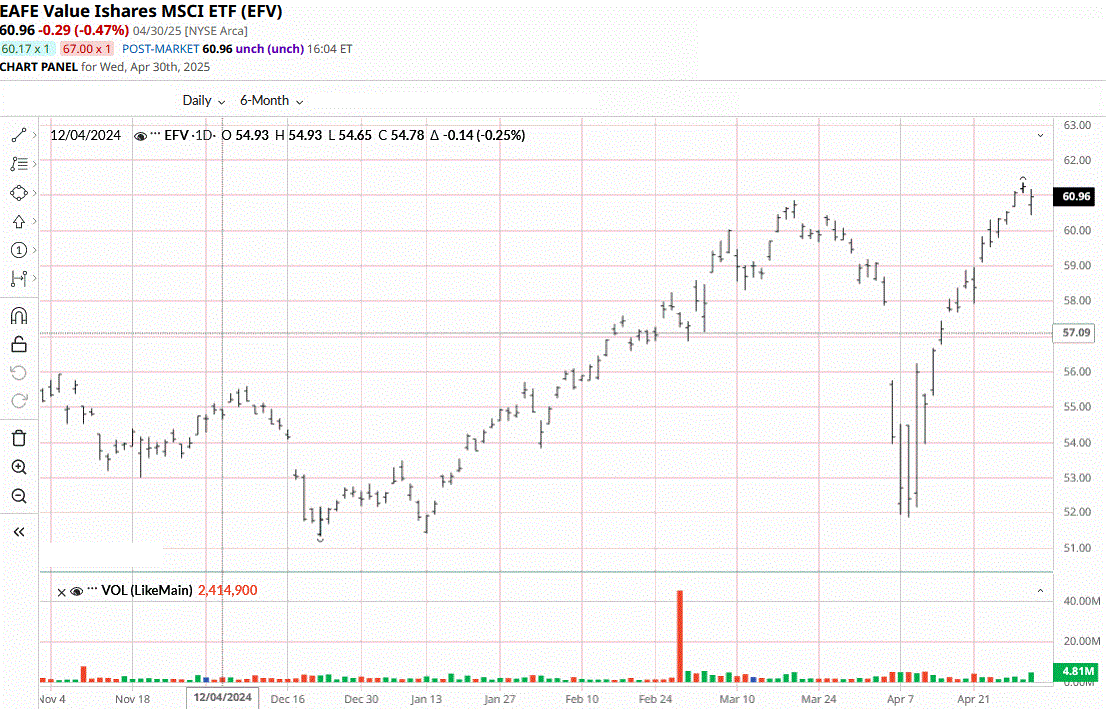
| 04-30-2025: Plan to Insulate from U.S. Manipulated Markets |
Many traders have become aware of the current Republican Administration in our Federal Government manipulating markets through insider trading. Many safeguards are bweing swiftly removed by administrators with complete disregard for the Law and removal of preceding safeguards. The current SEC head is not disposed to investigatge this properly. So we attempted to answer the question, "How might small traders be able to insulate themselves from the effects of rampant insider trading where federal oligarchs make billions every time Donald Trump shoots off his mouth?" An example could be Trump threatens to slap an exhorbitant tariff on Canadian aluminum imports, and instantly aluminum futures shoot up. Small traders might try to rush in to buy, but they aren't fast enough to compete with the insiders, so in the minutes they fail to act quick enough, the insiders are already dumping their contracts as Trump backs off his threats. These violent market swings suggest the need for a pause in normal trading activity and prudent caution when facing rampant unfair insider activity.
We hope it is "temporary", but our belief is that U.S. markets have in the last hundred days become corrupt and that better opportunities might be found in "value" international markets. At the advice of an Artificial Intelligence approach to this problem, we came up with an idea which made sense to us. However in testing it, it proved to be fallible for reasons we have still yet to understand. Perhaps some reader can suggest what we are missing, as we still believe the idea is a good one.
Generally, we prefer to trade stocks, but the following is an idea to try to simulate stock trading using mutual funds that contain international market and company holdings. So, how do we do this?
To begin with, there are two types of mutual funds. One type is offered by Fidelity Brfokerage, one of the best and largest brokers. Tbis type is more like regular mutual fund except that it has a very small management fee, no commissions, and no minimum holding period with no penalty for early withdrawal. It is also sometimes referred to as an "actively-managed no-load mutual fund." It holds a diversified basket of international holdings. Let's take a look at this fund and see what it has been doing and how it has been affected by violent market swings. It is considered a "value fund" in that it holds securities from relatively large more risk-free companies providing more long-run safety in these times of volatile markets.

A second type of mutual fund is a privately-managed exchange-tgraded fund (ETF). One we are looking at also tries to select "value stocks" of cpmparitively risk-free well-developed companies. It is the "EAFE Value IShares ETI Exchanged-Traded-Fund (EFV). Like Fidelity's, this one also seeks safety in holding value stocks. Let us look at what it has been doing...

Now let's talk about management fees for the two. Expense ratios for the two are FIVLX, 0.87% and for EFV, 0.33% annually. We estimate daily fees for six months of holding time to be around $0.03/day for EFV and $0.07/ day for Fidelity. Given the charts and expenses, iot would seem EFV would be the way to go. There are no minimum investment thresholds for either fund.
Originally, we thought Fidelity was the way to go because of smaller expenses to the trader, but the shocking truth seems to be that this is not so. Worse, mutual funds like Fidelity's trade at one price at the close of the market day, and do not trade during market hours. What you get, more or less sight unseen, is a result of the latest bid/ask at the end of the day. Quotes do not varfy during trading hours. But with EFV, tiy get regular quotes, can use limit orders, stop orders, and trade during the market open session.
Artificial intelligences proposes that since these funds track averages and are baskets of stocks, you can look at what EFV is doing during the day and get an idea lookiong at % change what FVLIX will end up at the end of the day which is the single time it trades. Fidelity provides a Watch List feature where one can see what is happening during the day and be e-mailed alerts if, say, a buying opportunity pops up for FVLIX. This is as appears beloW where we might be looking for another FVLIX opportunity if it crashses to say, 10.80. In addition to alerts during the market day, Fidelity sends e-mails at the end of the day to summarize in similar fashion as below.

Well, we're clearly not experts in this. Our original idea was to use the cheaper Fidelity fund to advantage extreme market dips and forego the advantage of limit and stop orders or control during the market day. We would still be aware of what was happening to FVLIX because it was supposed to track EFV where quotes were always available as well times to trade during the day. And indeed, they both did track to some degree as you can see from the charts. But EFV up until now seems the clear winner.